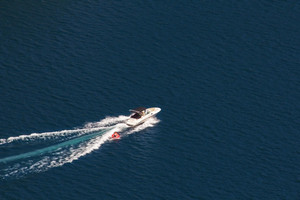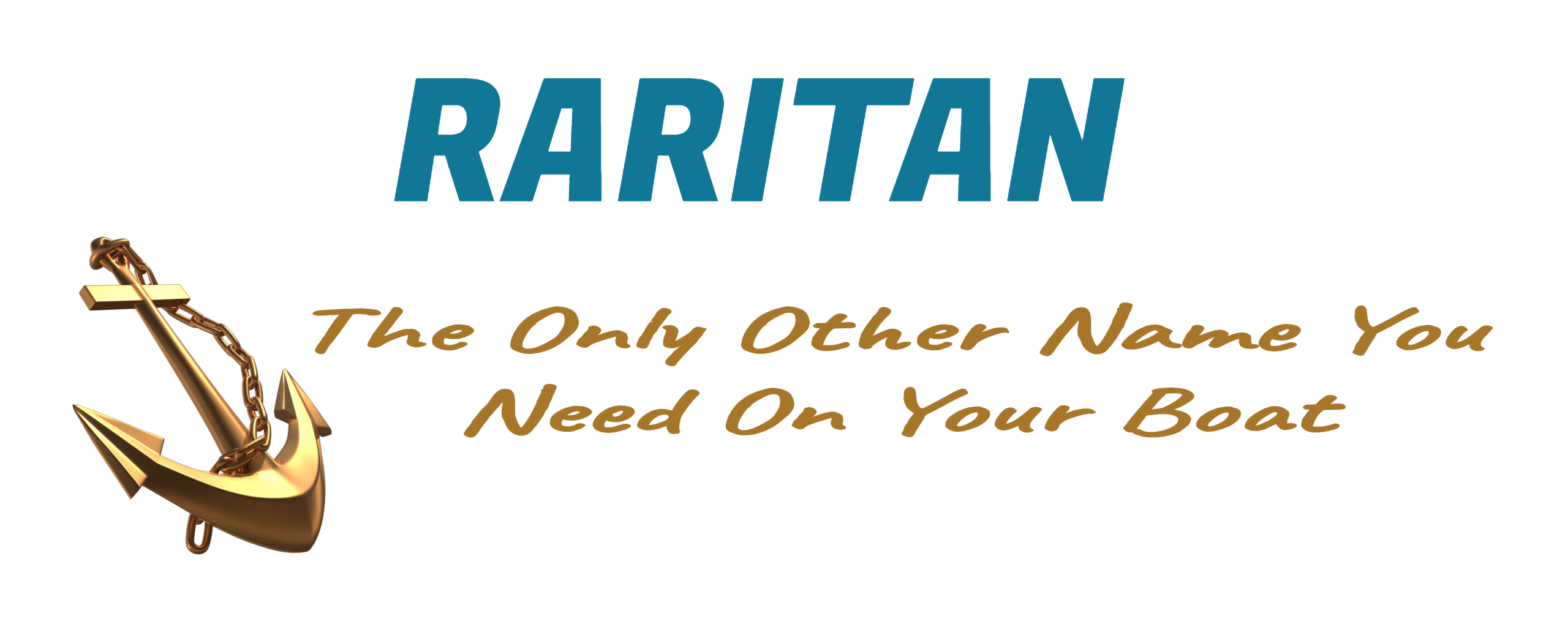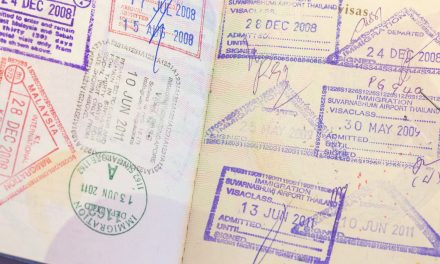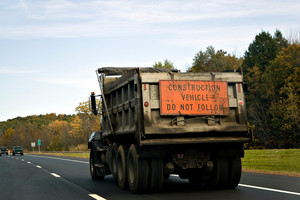You can’t have a boating vacation without having a boat. You can’t have a boat without a motor. You can’t have a motor without a battery. And you can’t have a battery without an alternator.

The alternator is the heart of your boat. It is what keeps the batteries charged and it is what provides power to start the motor. Without an alternator, the boat will not run. The alternator is an electrical device that converts mechanical energy into electrical energy. It does this by using the movement of a spinning rotor to generate electricity from the engine’s crankshaft. This is called the alternator’s main function. But there are other functions too.
A boat alternator is also known as a generator or an AC generator. The name alternator is actually a misnomer. The name alternator was derived from the fact that the rotor spins in one direction only. However, the term alternator is also used for a device that produces alternating current (AC). This is not the case with a boat alternator.
There are two types of alternators. The first type is a permanent magnet alternator. This is the type of alternator that most people are familiar with. It has a large rotating rotor with a number of electromagnets that produce AC when they are energized. The rotor is attached to the crankshaft of the engine and the AC is produced when the crankshaft rotates.
The second type is a brushless alternator. This type of alternator does not use electromagnets to produce AC. Instead, the rotor is connected to the shaft of the engine via a gearbox. When the engine runs, the rotor spins at a constant speed and produces AC.
When the engine is running, the alternator is producing AC. This AC is fed through a rectifier which converts the AC into DC. The DC is then fed into the battery system.
A boat alternater is usually mounted in the engine compartment. It is usually located on the left side of the engine. It is attached to the engine with a belt. There is a pulley on the alternator that connects the belt to the engine’s crankshafts.
Alternators come in different sizes. They range from small ones that produce a small amount of power to large ones that produce a large amount of power. The larger alternators are used for boats that are powered by outboard motors.

Alternators also come in different shapes. There are round alternators, square alternators, rectangular alternators and many more. They all serve the same purpose but have different shapes. The shape of the alternator is determined by its application.
There are three different types of alternators: synchronous, induction and permanent magnet.
Synchronous alternators are the most common type. They have a rotor that is connected to the crankshaft. This rotor has teeth that mesh with a stator that is fixed to the end of the alternator. The stator is wound with coils of wire. As the rotor turns, the coils of wire are energized and produce AC. This AC is then fed into the battery and the boat is started.
Induction alternators are used in applications where high amperage is required. These include outboard motors. In these cases, the rotor is connected to a shaft that is driven by the engine. This rotor is connected to a set of windings that are wrapped around a ferrous core. As the rotor spins, the winding is energized and produces AC. This AC is then passed through a rectifier that converts it into DC. This DC is then fed into the batteries and the boat is started. Induction alternators are also used in marine electronics like GPS and radar systems.
Permanent magnet alternators are used in applications that require high starting currents. These include inboard engines. In these cases, the alternator is connected to the crankshft. The rotor has magnets attached to it. As the crankshaft turns, the magnets are energized and produce AC.




